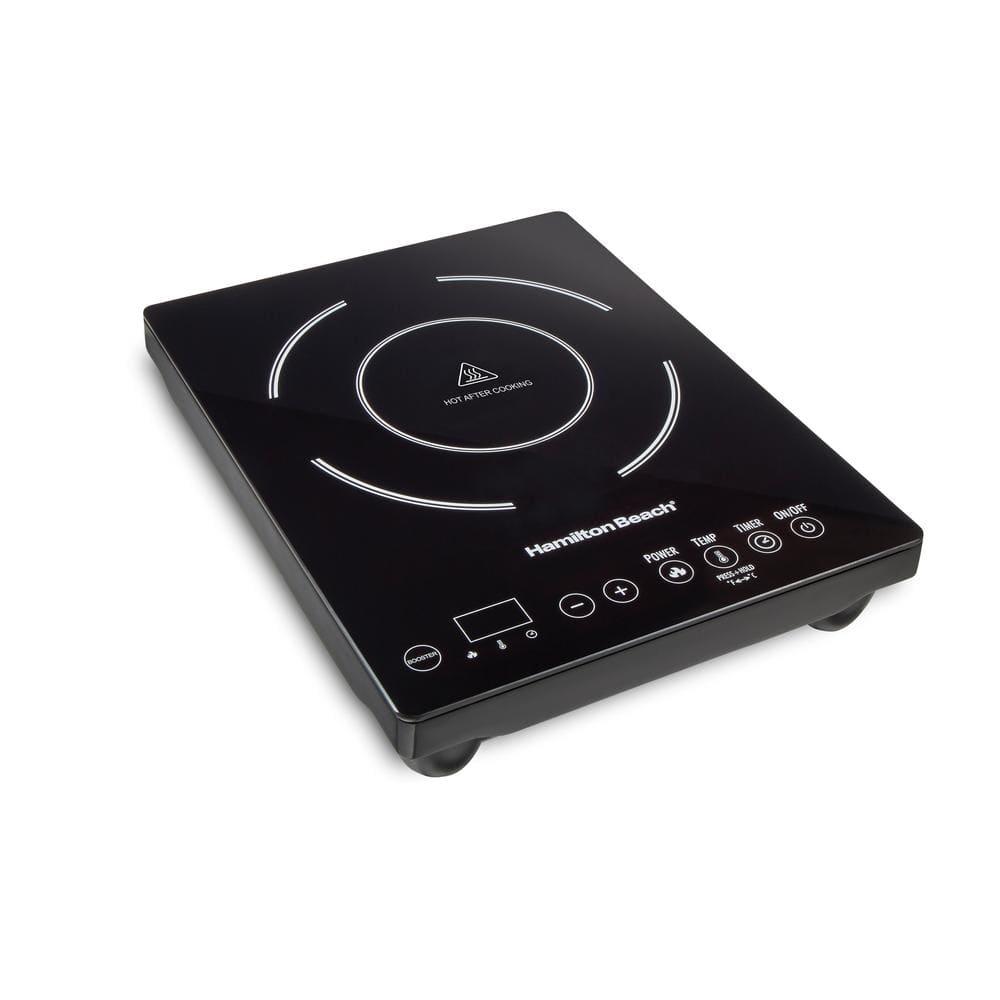Doggydogworld
Active Member
Not much. Heat pump COP is a function of temperature differential. It's the reciprocal of Carnot heat engine efficiency -- a heat pump is just a perfect Carnot engine running in reverse.Could a heat pump based electric oven have a performance edge over an oven based on resistive heating?
Engine - use a temperature differential to create work
Heat pump - use work to create a temperature differential
COP = Th / (Th - Tc)
As you can see, COP is highest when temperature differential is low. That's why air source heat pumps do really well pumping heat from 10C (50F) outside air to ~35C or whatever internal duct temp is needed to prevent the air blowing out the vents from feeling cool. That's a 25C differential vs. 55C when outside air is -20C (-4F).
20C room temperature to 205C (roughly 400F) oven temp is a whopping 185C differential. In theory you could still have a 2.5+ COP at those temps with a perfect heat pump, but real world COPs are usually less than half of theoretical. So maybe 1.2-1.5? A 25% efficiency gain vs. a huge cost/complexity penalty for an appliance that's used an hour every couple days sounds like a terrible deal. It's hard to beat a resistance coil for simplicity.
$65 at Home Depot -Induction cooktops are cheap.

Hamilton Beach Single Burner 10 in. Black Induction Cooktop 34104 - The Home Depot
Expand your cooking options with fast and flexible induction cooking. From entertaining and home renovations to outdoor grilling and small spaces, the Hamilton Beach Induction Cooktop goes wherever you
www.homedepot.com
Been done for decades. Called a "desuperheater" for reasons that escape me. Works great in the summer. Kinda useless the rest of the year. Can be worthwhile in climates where you run A/C from April to October, like Phoenix.Putting waste AC heat into hot water heating is a more obvious first step as those two units are frequently in the same room already.





